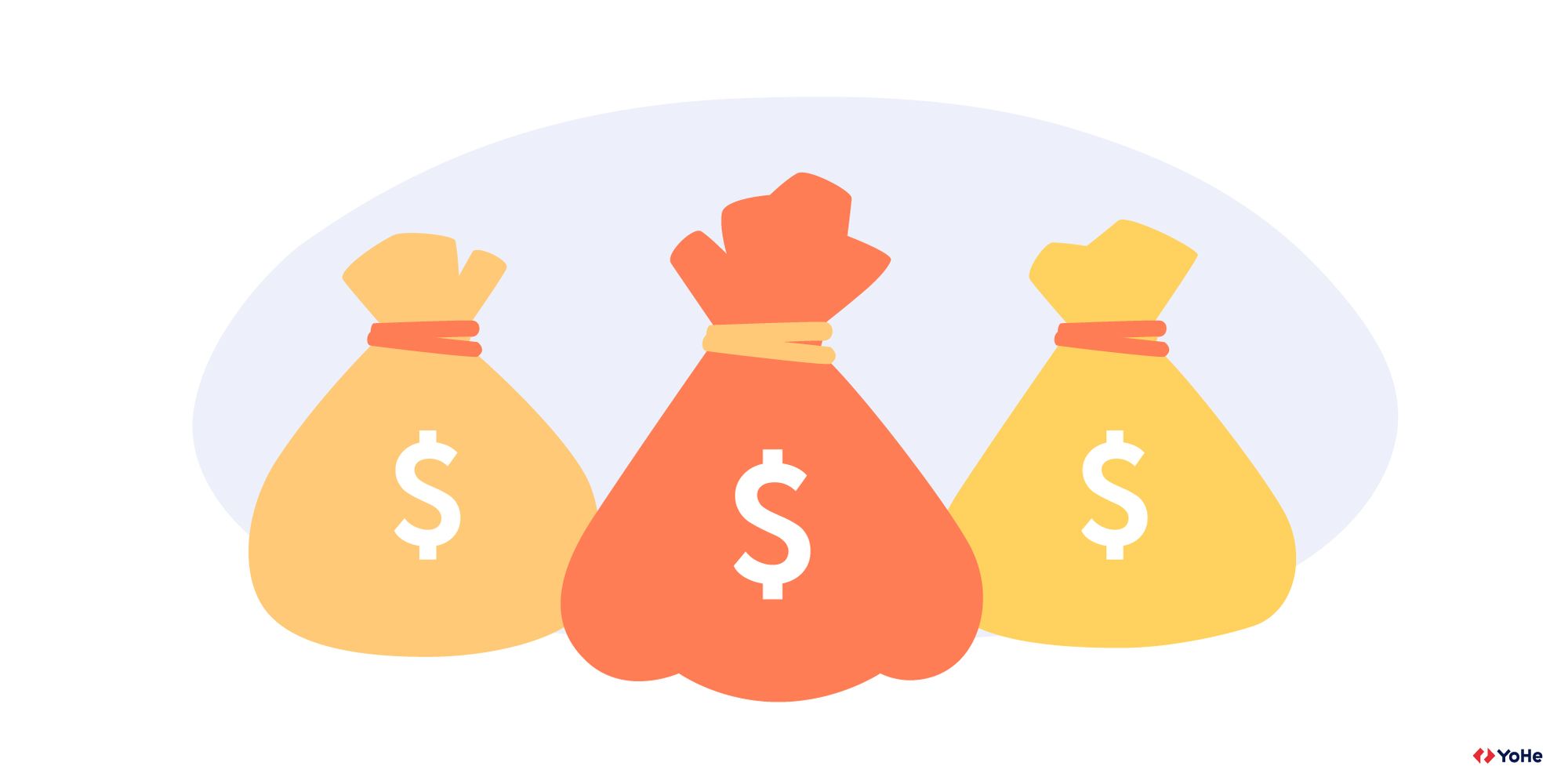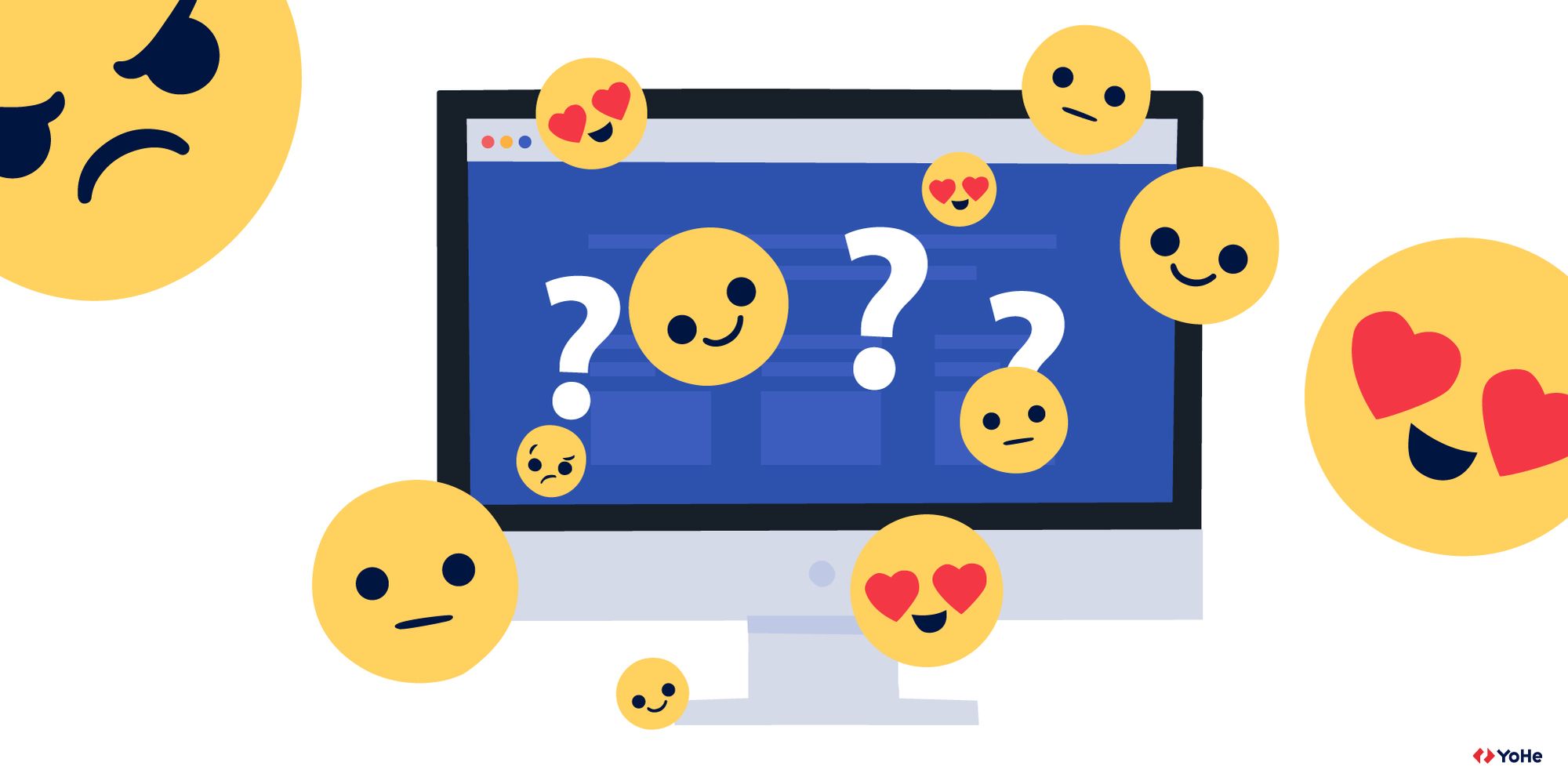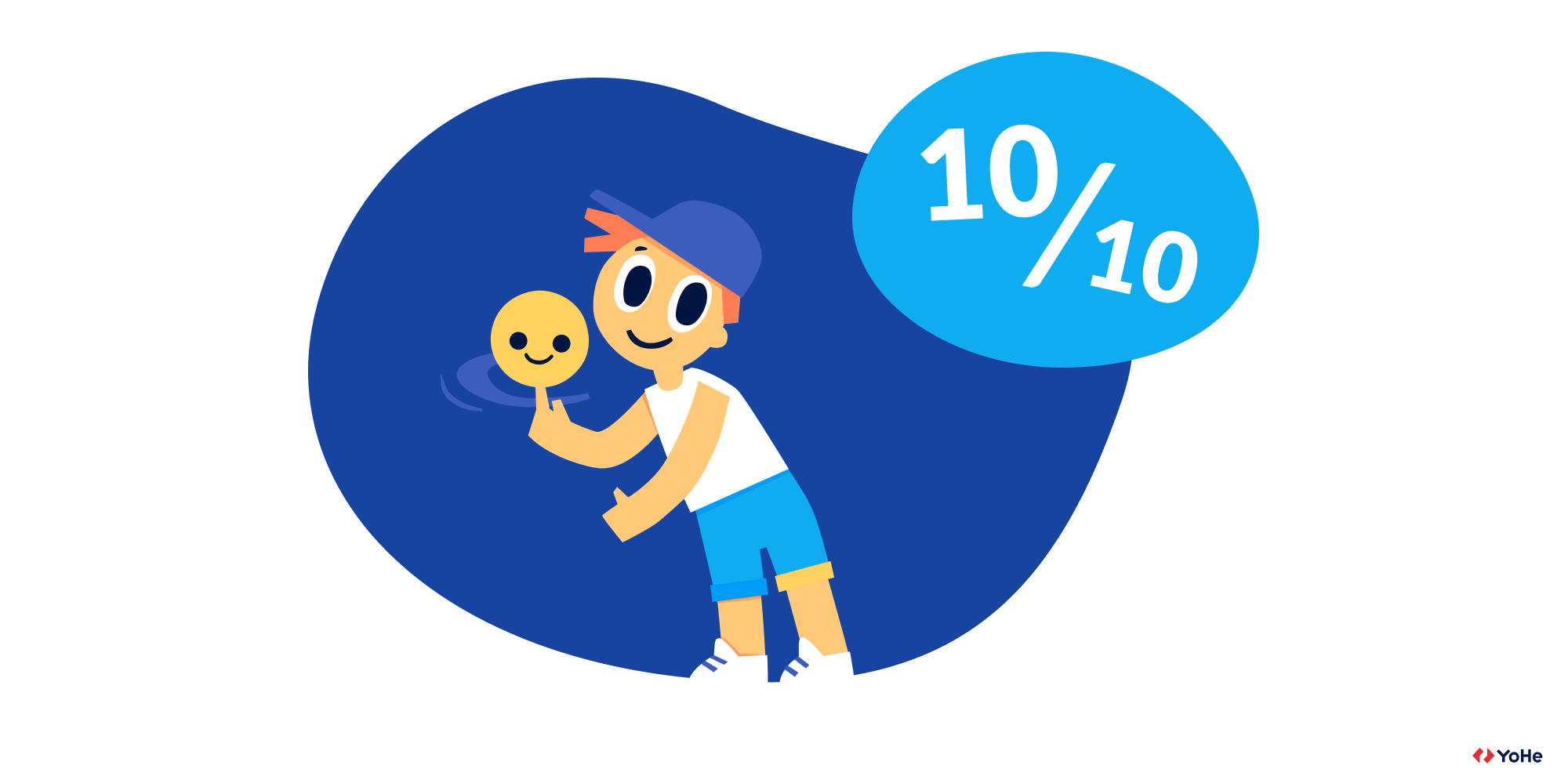A business is a very lively structure that is constantly moving somewhere and adapting to new conditions. But some internal rules in this system remain unchanged. For example, that it is always cheaper to retain loyal customers than to attract new ones. Approximately 5-25 times. Not to mention that "saved" customers buy more often and spend more money.
However, just maintaining a good relationship with users is not enough. It is important to turn this interaction into numbers and understand what it looks like in terms of metrics. And here you will have to assemble a small "team" to have a look at retention from different angles.
Here we've compiled six basic metrics to help you understand how well you're doing at retaining customers.
Churn Rate
What it measures: The churn rate is the percentage of customers or subscribers who stop using your company's services or cancel their subscription within a certain period of time.
The churn rate is especially important for companies whose customers pay them on a recurring basis, such as for SaaS services. No matter what your monthly revenue is, if your typical customer "falls off" before it recoups your average cost to attract a new customer – you're in trouble.
How to measure:
- Define a time period (week, month, year).
- Determine how many active customers there were during this time period.
- Determine how many customers left or stopped using the services during this time period.
- Divide the number of lost clients by the number of active clients.
- Multiply by 100%.
For example, in the previous quarter, a software developer attracted 500 customers. But I lost 50 users who ended their contract or went to a competitor because of poor service. Divide 50 by 500 and multiply by 100% – the outflow is equal to 10%.
Revenue Churn Rate
What it measures: this is the percentage of revenue that you lost as a result of existing customers leaving (or because they started buying less) over a certain period of time.
The Revenue Churn Rate is always associated with the Churn Rate. The logic is quite straight: users who stopped buying or using the company's services reduced its profit. So when it comes to numbers both metrics are calculated simultaneously.
How to measure:
Revenue Churn Rate is usually calculated once a month using the following formula:
RCR = (MRR 1 — MRR 2) / MRR 1×100%
MRR 1, or Monthly Recurring Revenue 1 — regular monthly income;
MRR 2, or Monthly Recurring Revenue 2 — revenue at the end of the current month.
There is another version of the formula that takes into account different upgrades (for example, if the company offers different subscription levels for services). Let's assume that your regular customer has decided to switch from the basic package to the VIP ― this should be taken into account when calculating. In this case, the following formula is obtained:
RCR = [(MRR 1 — MRR 2) — MRR3] / MRR 1×100%
MRR3 in this case is revenue from upgrades.
It is important that the calculation does not include profit from new customers, only from regular ones.
Another interesting feature of this metric is that you can get a negative value. And this is just the case when it is very good. This means that the revenue from regular customers exceeds the losses.

CLV – Customer Lifetime Value
What it measures: Customer lifetime value is the expected amount of money a customer can spend on your products over the course of their lifetime.
This figure allows you to decide how much money you need to spend on attracting new customers, and how much – on retaining current ones.
For example, the CLV of the owner of a Ford car can be around 100 thousand dollars, if they are satisfied with the purchase and buy several other models during their lifetime. A coffee lover's CLV may be even higher, depending on how many cups of coffee they drink daily and where they buy it.
If you take the concept of CLV more broadly, it is the potential profit that you can get from a specific relationship with a client. This metric gives you an idea of whether a candle is worth the game. For example, if a client's CLV is 1000 dollars, do you need to spend more than that amount just to keep them? This is simply not profitable for you.
How to measure: CLV = average receipt X number of times a user makes purchases in a year X average length of customer relationship (in years).
Repurchase Rate
What it measures: The repurchase rate is the percentage of users who placed another order during the selected time period. Multiple items in a single order don't matter – they are considered full-fledged one-time orders.
Firstly this metric shows how many customers return to you for repeated orders. This way you can analyze the most valuable audience segments for you. Secondly, you'll find out which products or services are most popular – what exactly returning customers buy again and again.
How to measure: Repurchase Rate is calculated in two ways.
If you count customers who made new orders, regardless of the number of these orders (maybe 1, 5, or 30), then divide the number of such customers who made at least 2 purchases by the total number of customers for the selected time period.
For example, you had 300 customers this quarter, and 30 of them placed at least 2 orders. (30/300) x 100% = 10% repurchases.
With the second method, you also take into account the number of orders. For example, you had the same 300 customers in a quarter. 270 made one order, 15 – 2 orders, 10 – 3 and 5 customers ― 4 orders. Then we count like this: ((15*2+10*3+5*4) / 300) x 100% = 27% repurchases.
DSO ― Days Sales Outstanding
What it measures: days spent on receiving payment from the sale. DSO can be described as the average number of days that accounts receivable (customer accounts, invoices, payments) remain outstanding before they are closed. A DSO not only shows how well accounts receivable are handled in your company, but also how much the customer is committed to maintaining a healthy working relationship with your business.
How to measure: DSO is usually applied to all unpaid bills that a company has at any given time, rather than to one specific one. You can calculate this metric on a monthly, quarterly, or yearly basis.
For convenience, let's take the annual formula:
Annual DSO = (accounts receivable / annual income) x 365 days
If the user needs a large amount of time to pay the bill ― this is a bad sign from the retention point of view. Here, you need to look at the DSO as a whole to identify trends in behavior and what you can do to counter the growing numbers. But if you look at the metric individually, a long DSO period may mean that the customer is dissatisfied with your company's product or service.
TBP ― Time Between Purchases
What it measures: The average time that customers come back to buy something from you again. This is an important retention metric because it reflects how satisfied customers are with your product or service. And also, how willing they are to try out what the competitors are offering.
How to measure: To calculate the average time between purchases, you need to track the purchase dates of all customers. CRM can help you do this.
Here, the key figure will be the average purchase period for each user. For example, if a customer buys from you today and then buys another product a week later, this period will be seven days. If they bought from you again two weeks later, then the average purchase period will be 10.5 days.
After finding the sum of all individual purchase periods, divide this number by the total number of regular customers. It is important to keep in mind that we are only talking about existing customers here. New ones must be excluded from the count.
The result is the following formula:
TBP = sum of all individual purchase periods / number of regular customers
When tracking this metric, it is important to compare it with other metrics, such as CSAT and NPS. For example, if you notice a large time gap between purchases, this may indicate that your product or service is not different from others in your industry. Or that your product is so good that customers don't need to buy it again. Comparing the time between purchases with other customer satisfaction metrics is a great way to identify the strengths and weaknesses of your product or service.






